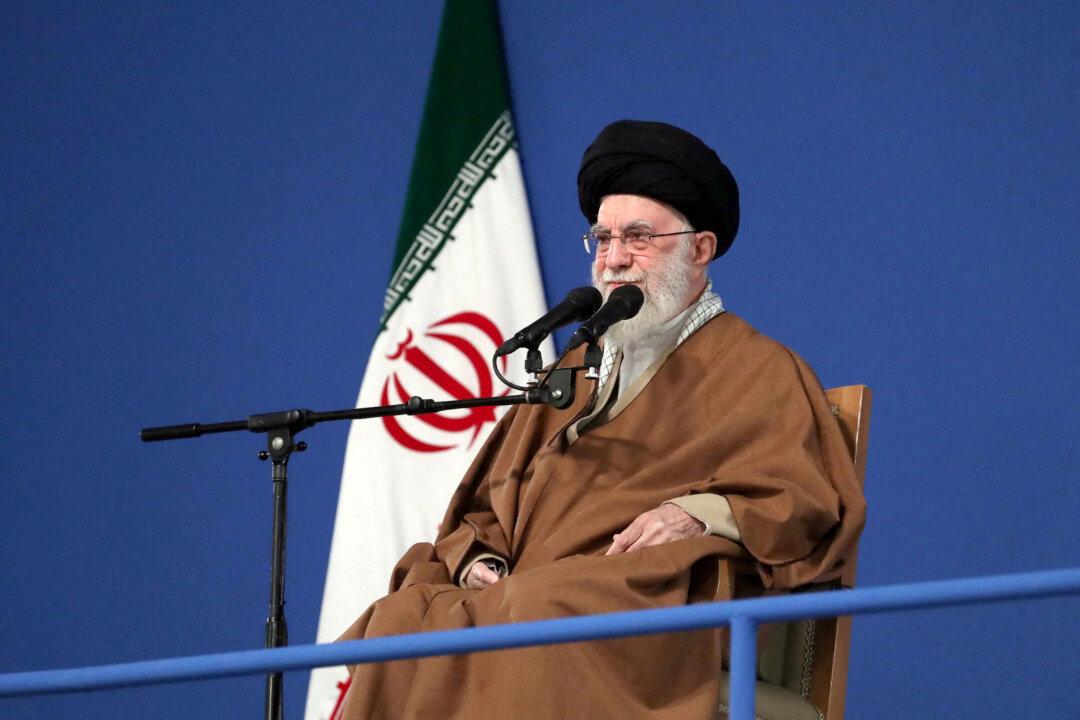Israel’s strikes on Iran on June 13 were conducted with the expressly stated aim of preventing Iran from developing a nuclear weapon.
During what has been code-named “Operation Rising Lion,” a reference to a Biblical verse from the Book of Numbers, the Jewish state hit numerous targets, including some nuclear facilities integral to the Islamic regime’s atomic ambitions.
But how successful has Jerusalem’s lightning strike been in achieving its aims?

Nuclear Sites Hit
Before the strikes, it was known that Iran was enriching uranium to up to 60 percent purity, which could easily be further refined to the 90 percent purity needed to make the radioactive element weapons grade.Iranian leaders have repeatedly said they maintain a peaceful nuclear energy program, but resumed producing highly enriched uranium in 2018.
On June 13, the IAEA said two Iranian nuclear facilities sustained damage during the attack, but the exact extent remains unclear.
Those sites were the Natanz Nuclear Facility and Esfahan Nuclear Technology Center.
Natanz
The Natanz Nuclear Facility, officially the Shahid Ahmadi Roshan Nuclear Facilities, is located near the city of Natanz, about 180 miles south of Tehran.According to the IAEA, Israel’s strikes “destroyed the above-ground part of the Pilot Fuel Enrichment Plant, one of the plants at which Iran was producing uranium enriched up to 60 percent.”
The watchdog said that the facility’s electricity infrastructure, including an electrical sub-station, a main electric power supply building, and emergency power supply and back-up generators, had also been obliterated.
However, Grossi added that the loss of power to the cascade hall may have damaged the centrifuges located there.
The IAEA said that the level of radioactivity outside the site had remained at normal levels, suggesting no immediate threat to the local population or environment.
Inside the facility, Grossi said there was “both radiological and chemical contamination.”
Esfahan
The other nuclear site hit in the Israeli attack was the Esfahan Nuclear Technology Center, located in the city of Esfahan, just shy of 100 miles south of the Natanz facility.They were “the central chemical laboratory, a uranium conversion plant, the Tehran reactor fuel manufacturing plant, and the UF4 to EU metal processing facility, which was under construction.”
As with Natanz, the agency said “off-site radiation levels remain unchanged.”
The uranium conversion plant is where work on uranium metal was conducted.
While it can be used for other purposes, uranium metal technology is an important component in making the core of a nuclear weapon.
If Tehran were to attempt to make a nuclear weapon, it would need to take weapons-grade uranium and turn it into uranium metal.
Sites Remaining
The IAEA said no damage was detected at the site of the Fordow Fuel Enrichment Plant or at the Khondab heavy water reactor, which is under construction.The Bushehr nuclear power plant was not targeted, nor was the Tehran Research Reactor.
Of those facilities, the most integral to Tehran’s nuclear ambitions is Fordow.
Fordow, located under about 260 feet of rock and soil, is built into the side of a mountain near the city of Qom, about 60 miles southwest of Tehran.
It is Iran’s second uranium enrichment facility after Natanz, and has been operational since 2009. The country has deployed the Russian-supplied S-300 surface-to-air missile defense system around the Fordow facility, Iranian state media reported in 2016.







